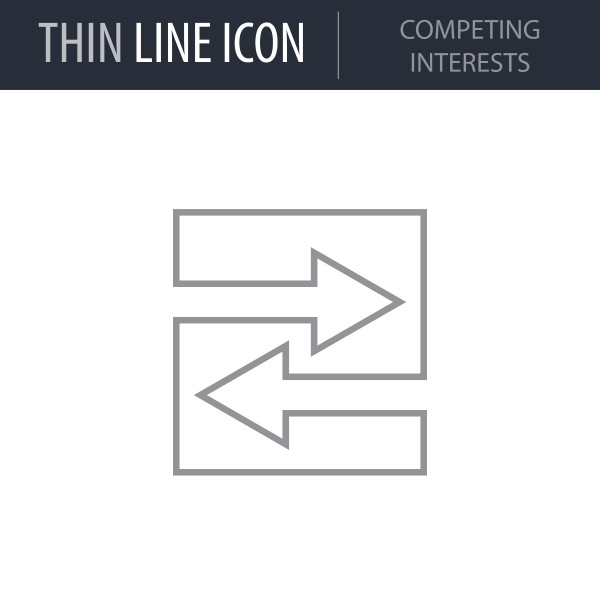They are overconsulted children, dictating to their parents what they will eat for dinner, how they will dress for school, and where the family will go on vacation.
They are consumers, a marketers' target group that influences the purchase of everything from clothes to MP3 players to cell phones (but not toys, which are now designed for the under-10 set).
They are pressured kids, challenged early on to excel at sports, do well on tests, take after-school lessons, and solve the problems of world hunger and global warming—all to look good on a college application.
They are multitaskers exposed to six and one-half hours of media each day, often simultaneously watching TV, listening to music, playing computer games, instant messaging, and even doing homework.
They are worriers, concerned about their grades, their appearance, problems at home, and how to fit in with friends—not to mention the future of their world.
They are frequently the objects of adult consternation. Legislators in at least one state recently recommended restrictions on their access to the Internet, libraries, and video games as well as stronger laws to curtail alcohol use and protect them from predators.
In school, they have energy to spare and, frequently, a passion for learning. They are also easily bored with routines and topics that they consider irrelevant. They yearn to be grown up, and they welcome opportunities to explore the world even as they doubt their own readiness.
As noted in the new report Breaking Ranks in the Middle, they are five years away from their teddy bears and five years away from college. They are the tweens.
A debate about how best to teach the tweens—students ages 10–14—has to be many-sided, if only to address the fact that tweens, as much as they are stereotyped by statistics, are different from one another.
One debate, discussed in these pages, is about which grade structure works best—K–8, 6–9, 7–12? It is a serious debate and one that has resulted in closing some schools and opening others. On one side, the K–8 reformers (p. 20) want to pull tweens back into elementary schools where they might experience a more personal and protected environment as well as a more intellectual curriculum. Those who endorse the middle school concept (p. 26), however, also espouse the values of academic rigor and social development for tweens, but disagree that the K–8 structure will make it easier to deliver both.
At the core of middle school philosophy is the question, How should middle schools balance their focus on social and academic development? As Donna Marie San Antonio (p. 8) notes,We need a full, well-informed discussion about what we gain and what we lose by emphasizing one over the other, and we need to think about how policies and practices affect our most vulnerable students.
Authors in this issue suggest a number of practices that enrich middle school education. They recommend differentiated curriculum and instruction (p. 14), higher expectations for achievement (p. 33), richer and more supportive relationships with adults and other students (p. 64), more relevance and engagement in learning (pp. 38, 59, 74), and a plan to help students make the transition to high school (p. 47).
Collectively, these educators working every day with tweens put to rest a notion that many adults who view this age group from a distance mistakenly believe: that tweens, wrestling as they are in the early stages of adolescence, don't need or want much guidance from adults. On the contrary, our authors say, what tweens most seek is the structure and support that foster their own responsibility and strength.
As Terri Apter (p. 42) writes,We need to give tweens the message that they may sometimes fail, that they will face difficult tasks ahead, but that they can overcome difficulties with practice, with dedication, and sometimes with a parent's or teacher's help. We may have to remind ourselves that our rapidly growing children, who may be adept at disguising their self-doubt and dependency, continue to need our support to put forth the persistent efforts that will shape them into the adults they hope to become.




